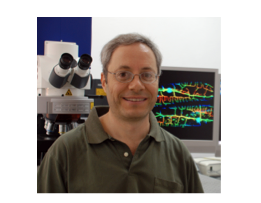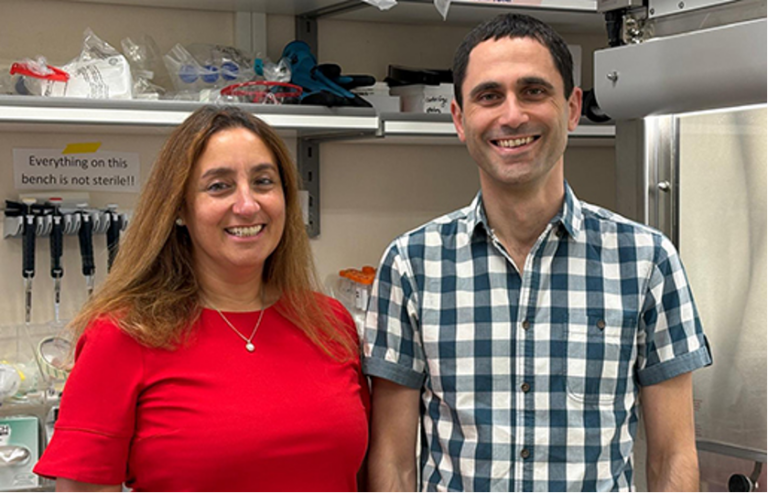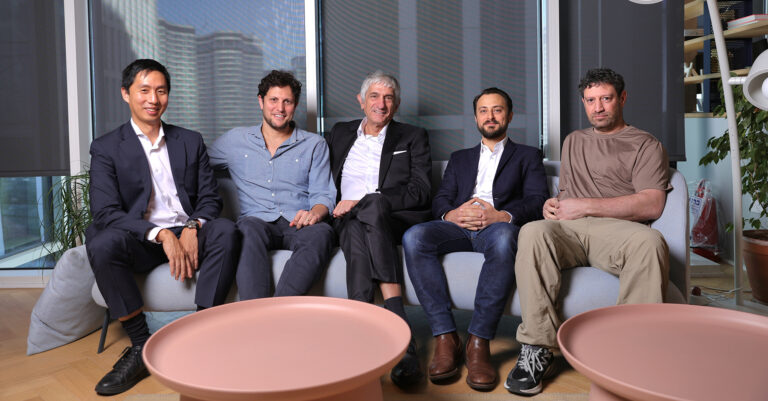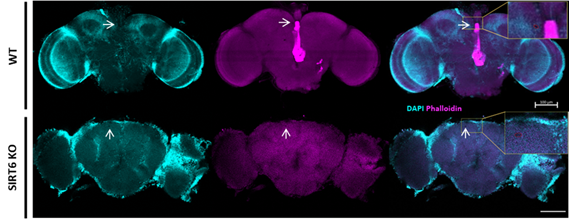Première ! Après dix ans de recherche, l'Institut Pasteur et le Technion découvrent la clé de la fusion cellulaire

[:fr]Après dix années de recherche, les laboratoires du Professeur Félix Rey (Institut Pasteur, France) et du Professeur Benjamin Podbilewicz (Technion, Israël) décrivent la première structure atomique (tri-dimensionnelle, ou organisation spatiale des atomes dans la protéine) d’une protéine responsable de la fusion entre cellules, dans la prestigieuse revue Cell (10 avril 2014). Cette recherche a apporté des renseignements essentiels pour comprendre le mécanisme d’action de ces protéines fusogènes. Les processus de fusion cellulaire, très importants, vont de la fertilisation (fusion des gamètes, fusion d’un spermatozoïde avec un œuf), ou de la régénération de tissus après blessure (wound healing), à la genèse des muscles et des os, et sont aussi impliqués dans des processus pathologiques comme la fusion de cellules tumorales avec des cellules cibles, conduisant à des métastases.
Malgré cela, très peu d’informations existaient jusqu’à présent sur le mécanisme des protéines impliquées dans ces processus. L’étude porte sur un modèle animal, le nématode Caenorhabditis elegans (un ver parasite), et sa protéine EFF-1, responsable de la fusion de cellules pour la formation de la peau lors de son développement embryonnaire. EFF-1 est la première protéine de fusion cellulaire à être ainsi caractérisée.

La grande surprise est que EFF-1 a la même structure que celle des protéines de fusion membranaire de certains virus, notamment ceux transmis par des moustiques (virus chikungunya, virus de la dengue), dont le laboratoire de L’Institut Pasteur a décrit la structure précédemment.
Ces résultats ouvrent la voie à l’identification des protéines responsables des processus de fusion chez les humains – qui sont multiples – et qui peuvent aussi bien avoir des liens avec les protéines virales.
Cendrine Barruyer et Prof Félix Rey pour Israël Science Info.
Article complet dans Israël Science Info version papier.
The discoveries were made in a model system of a tiny roundworm, and will be useful for future research designed to understand human fusion processes (during fertilization or in the formation of muscle fibers, for example).
Scientists from the Technion and the Pasteur Institute in France have discovered the atomic structure of a protein that is present on the cell surface and is responsible for cell-cell fusion. This discovery was published in the prestigious scientific journal Cell. The scientists also discovered the mechanism that allows this fusion to occur.
Professor Benjamin Podbilewicz, from the Technion’s Shulich Faculty of Biology, in collaboration with Professor Félix Rey from the Pasteur Institute, and their research teams have been studying this topic for nearly a decade. The research focuses on the EFF-1 protein from a tiny roundworm, known as Caenorhabditis elegans, which serves as a convenient research model for a variety of biological processes.
“The atomic structure of this protein (but not the sequence) in the roundworm is similar to that of proteins that do the same thing – membrane fusion – in enveloped viruses,” explains Professor Podbilewicz. He describes the way in which an enveloped virus penetrates the body: “The cell ‘swallows’ it and then the membrane of the virus fuses with the membrane of the organelle that swallowed it (an organelle is a specialized lipid-enveloped structure within a living cell). As a result, the genetic material of the virus enters the cell and assumes control over it.”

“We also discovered the differences by which the viral protein fuses with the cell membrane, and the way the EFF-1 protein carries out this process,” added Professor Podbilewicz. “The viral protein, which has no partner in the targeted cells, must do all the work on its own and is endowed with a unique mechanism for this purpose. Conversely, when the roundworm cells fuse with each other, each cell expresses its fusion proteins on the surface. Here, the fusion proteins (EFF-1) of both cells ‘hug’ each other and create a kind of a zipper connecting the cells together. »
The discoveries by the scientists from the Technion and the Pasteur Institute will have implications on research aimed at understanding cell-cell fusion processes in the human body. These processes play a critical role in fertilization (the fusion between sperm and ovum), and in developmental processes taking place in organs such as in muscle and bone.
Pérez-Vargas et al., Structural Basis of Eukaryotic Cell-Cell Fusion, Cell (2014), http://dx.doi.org/10.1016/j.cell.2014.02.020[:]







